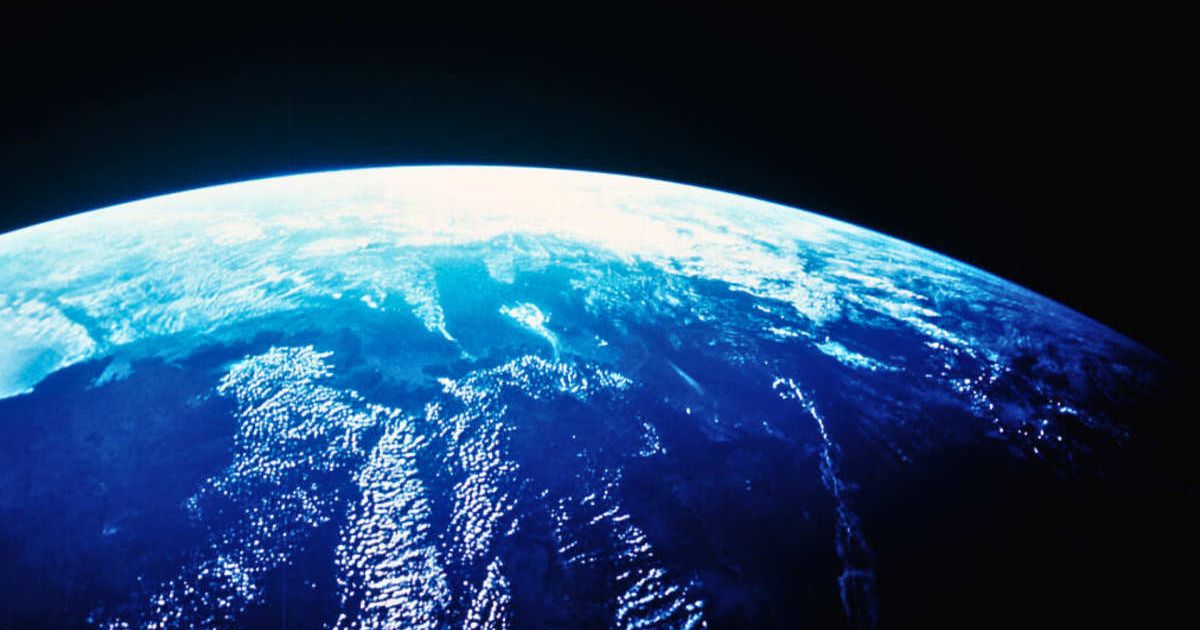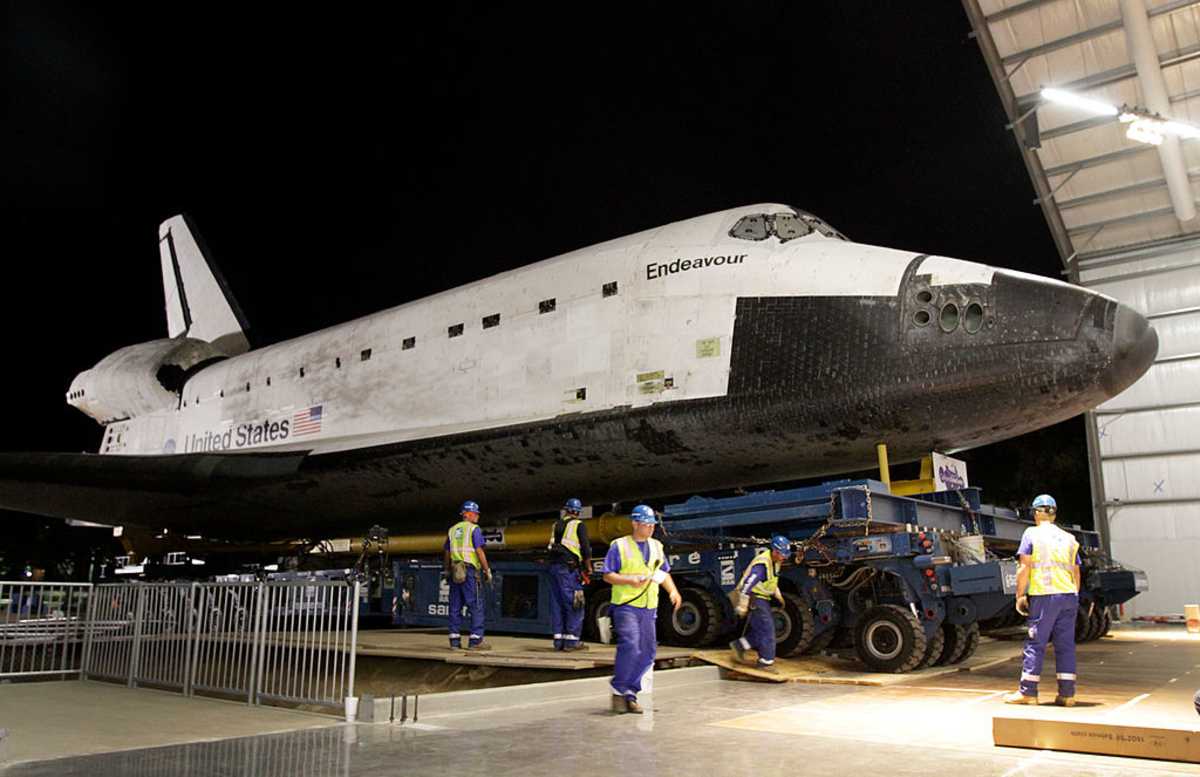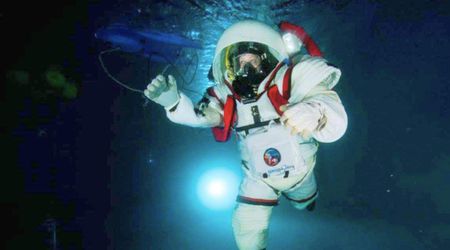Former NASA astronaut shares mind-boggling experience of flying through the 'Bermuda Triangle of space'

One of the biggest mysteries on Earth is the Bermuda Triangle, where countless ships and aircraft have gone missing. It is a region that evades the line of sight from satellites and other navigation equipment. A similar region is also seen in space, where technology takes a hit and travellers experience difficulties. Former NASA astronaut Terry Virts shared his most bizarre experience with the ‘Bermuda Triangle of space,’ as per BBC. He was onboard the Space Shuttle Endeavour on a 2010 mission, when a unique event of a space anomaly he recalled took place.

This is called the South Atlantic Anomaly (SAA), which occurs with a large flash of light and no sound. This is not limited to a bright sight but also affects computers and technology around its territory. The region also harmed travelers by exposing them to higher levels of radiation, earning the nickname ‘the Bermuda Triangle of space.’ This was a serious concern for astronauts as crewed missions became more frequent and reliance on technology became a necessity. Virts left on February 8, 2010, and on the fifth night of the mission, he encountered something strange.

“I… closed my eyes and boom! This gigantic white, blinding flash happened in my eyes – and I didn’t hear anything,” Terry Virts commented. “Before I became an astronaut, I had seen stories of astronauts who had seen white flashes from radiation while they flew in space,” he added. Though the anomaly was unique, it was not uncommon for astronauts and space pilots. “We have an acronym for everything at NASA. And these are SEU’s – single event upsets. It just means your computer hiccups, and it happens fairly often," Virts continued about his memory in space.

This anomaly had close connections with the Van Allen radiation belts as the SAA occurred at the inner point of this belt, making it closest to the planet. “The Sun puts out a huge amount of radiation, and a lot of it is particles like electrons shot off the Sun’s surface. All of this material gets shot out in space, and the Sun’s magnetic field can bend it. When it gets to Earth, it gets trapped in our magnetic field and forms these radiation belts out in space,” Virts said, per BBC, about the belt’s role. This belt protected Earth from the particles thrown by the sun.

However, the Earth bulging at the center positioned the belt also at an angle of tilt, which shifted the strength of the magnetic field to the North. Hence, the areas above the South Atlantic and Brazil fall directly in the path of the Van Allen belt. This did not harm Earth but caused certain chaos for satellites and space stations that took the route. “You want to kind of get through there as fast as you can on the way to the Moon, or wherever you’re going,” Virts reflected. This region still causes havoc, as presently, the Hubble Space Telescope cannot function in this area.

The question was how spacecraft and passengers protected themselves from this anomaly and its consequences. And it has a simple answer - Water. On the International Space Station, astronauts use a “water wall” which does not cover their sleeping quarters. While on a mission through the region, scientists kept a close watch on the radiation. Radiation detectors and monitors are a staple, and astronauts carried those with them on space walks, or at least Virts did. With spaceflight becoming common, spacecraft required improved features against SAA and radiation exposure.









